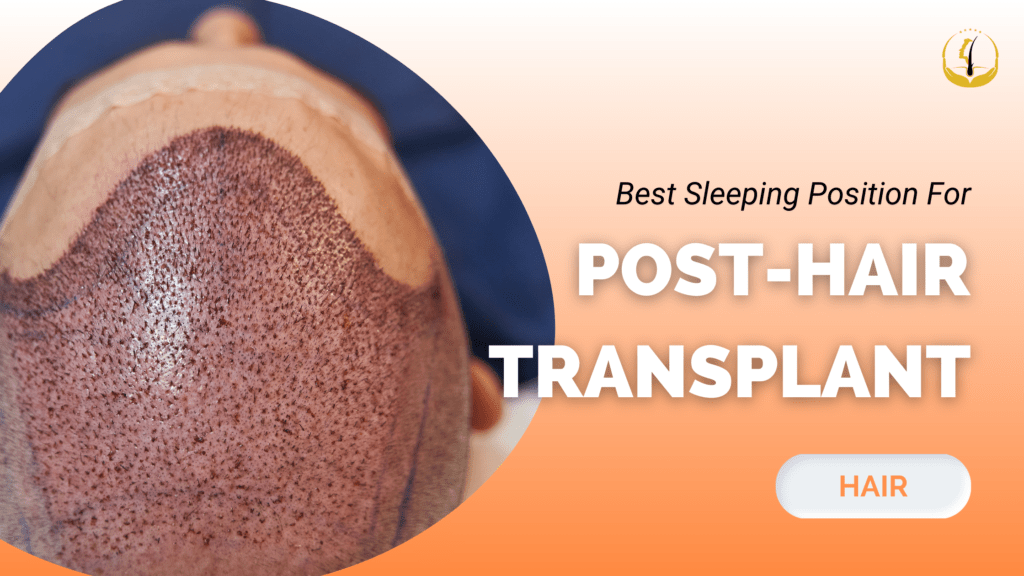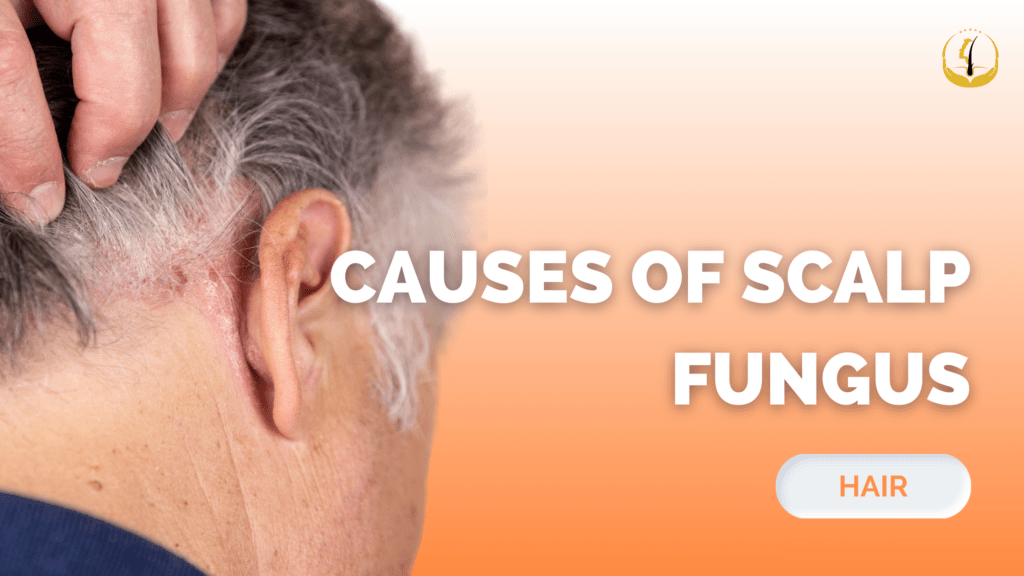Best Sleeping Position For Post-Hair Transplant

Embarking on the journey of a hair transplant is a significant stride toward confidence and a fuller head of hair. Beyond the procedural aspects, the recovery phase demands careful attention, and one often underestimated factor is the post-transplant sleeping position. This article delves into the ideal sleeping positions crucial for a comfortable and successful recovery […]
Causes Of Scalp Fungus

Scalp fungus, medically known as tinea capitis or ringworm of the scalp, is a prevalent fungal infection that impacts the scalp and hair follicles. Beyond its discomfort, this condition can lead to itching, redness, and even hair loss. Delving into the causes of scalp fungus becomes imperative for effective prevention and treatment. This article explores […]

